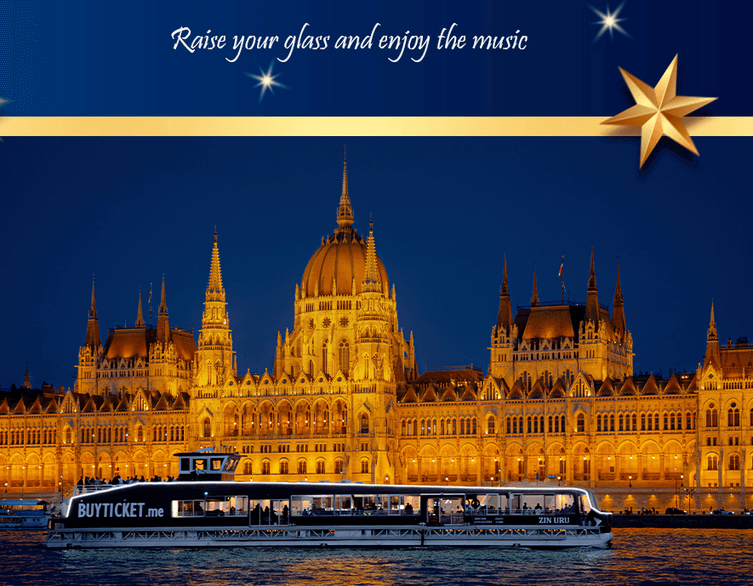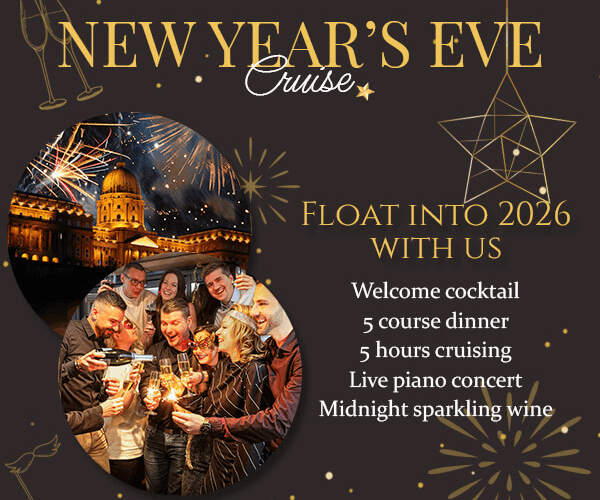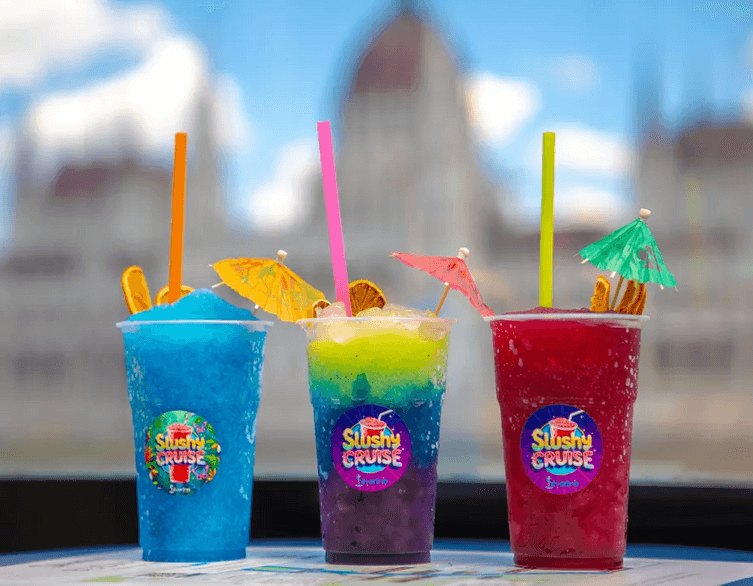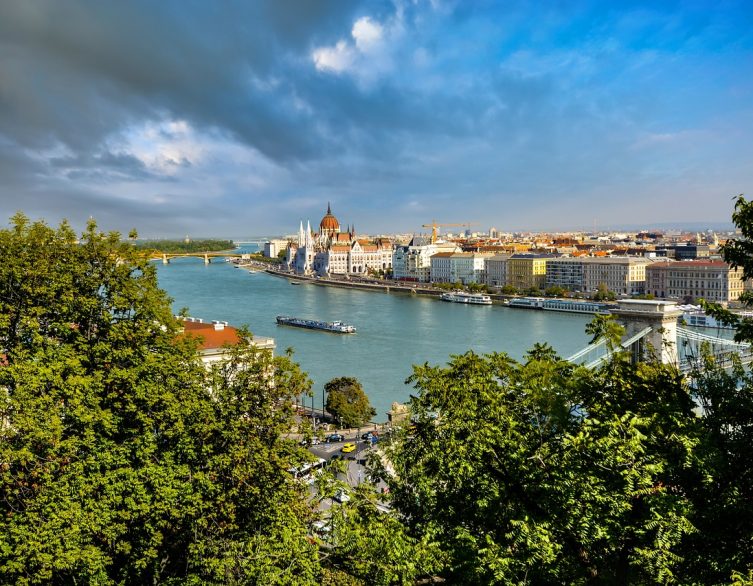Deák Ferencz Metro Station Wins Award
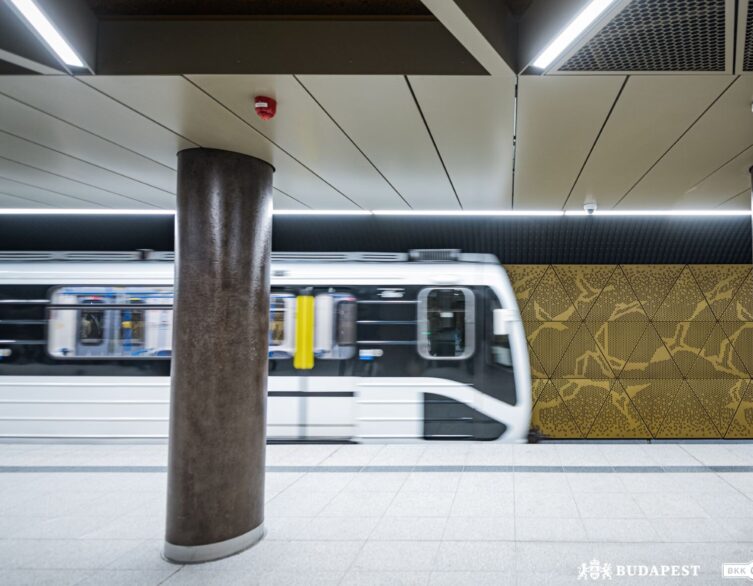
The Deák Ferencz Metro Station in Budapest, Hungary, has been awarded a special prize by the Hungarian Chamber of Engineers (MMK) for its exceptional lighting design. The station, which serves as a bustling hub on the M3 metro line, underwent a significant reconstruction that focused on enhancing the overall user experience through innovative lighting techniques and ceiling design.
One of the main challenges faced by the architects and designers was the limited ceiling height of the station’s interior spaces. To overcome this constraint and create a sense of spaciousness, they cleverly integrated the lighting system into the design concept. The use of strip lighting fixtures, strategically placed to create lines, surfaces, and geometric patterns, played a crucial role in visually expanding the perceived space.
Best deals of Budapest
The Deák Ferencz Metro Station is not only a vital transportation node but also serves as a public space, with an estimated 70,000 passengers passing through daily. During the reconstruction process, the architects had to work within the existing spatial constraints and structural limitations. By focusing on the relationship between lighting and the suspended ceilings, they successfully transformed the atmosphere of the station.
A standout feature of the redesign is the unique surface lighting in the connecting corridor, which mimics natural light and enhances the overall ambiance. Additionally, the glass structure housing the elevator at the surface level acts as a beacon, organizing the space and providing a modern, functional aesthetic. This created a truly unique space that might just become new, high-tech Instagrammable place in Budapest beside the “classic” Insta sights like the Fisherman’s Bastilon.
The recognition from MMK ELT highlights the significance of lighting design in creating inviting and functional public spaces. The Deák Ferencz Metro Station’s reconstruction serves as an excellent example of how innovative lighting solutions can transform even the most challenging spaces into welcoming and visually appealing environments for commuters and visitors alike.
Related news
Related events





